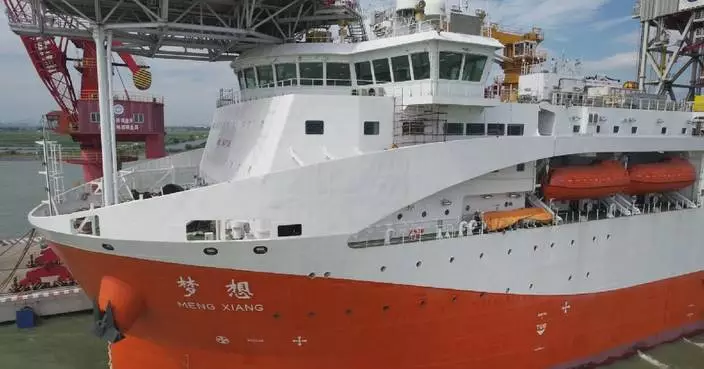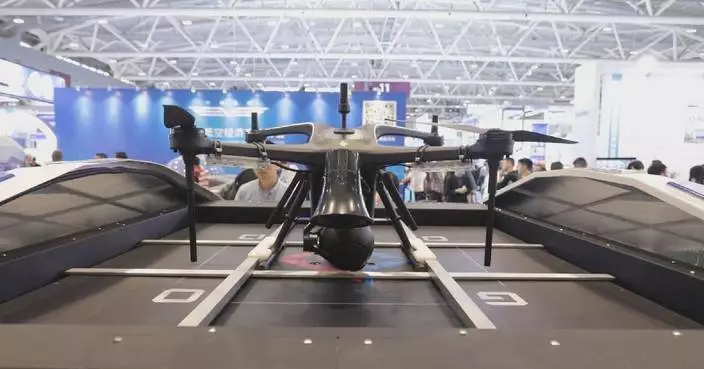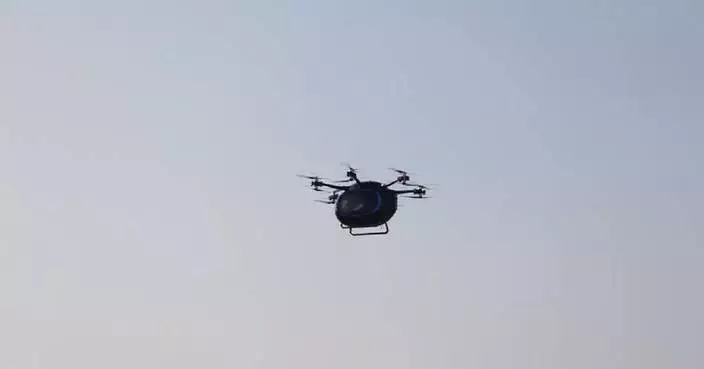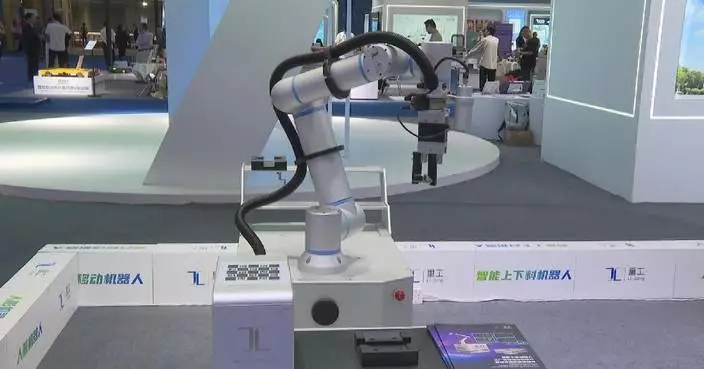A low-altitude economy pavilion made its debut at the week-long 15th China International Aviation and Aerospace Exhibition, which concluded in Zhuhai City, Guangdong Province on Sunday, which attracted numerous visitors and enthusiasts to explore the future of transportation.
The dedicated low-altitude economy hall was bustling with visitors, as manufacturers showcased their latest models, each boasting unique selling points. From flight capabilities to energy efficiency, the electric aircraft represent the future of urban air transportation.
One notable example is the world's first large four-engine drone.
"The Scorpion D is the first large-scale fixed-wing unmanned flight system with a fully modular fuselage. This design allows for the rapid exchange of the entire fuselage, catering to the diverse needs of customers by being 'reliable, economical, and convenient,'" said Sun Yanyang, general manager of Sichuan Tengden Commercial Aircraft.
According to data released by the Civil Aviation Administration of China, the market size of China's low-altitude economy is projected to reach 200 billion U.S. dollars by 2025 and 480 billion U.S. dollars by 2035.
Despite its significant market potential, China's low-altitude economy faces several challenges, including the need for industry standards and infrastructure development. These issues are currently a focus for industry insiders.
"Take this large twin-engine unmanned transport aircraft as an example, it can be used in plateau environments and various airports for cargo transport. However, its application is still novel and requires extensive testing," said Sun.
Industry expert recommend that other cities follow Shenzhen's example.
"In the past two years, Shenzhen has opened 207 low-altitude air routes and has also set up 249 low-altitude stations, including automatic hangars, automatic airports or stations, which is at the forefront of the country and the world," said Yang Jincai, President of Shenzhen UAV Industry Association.
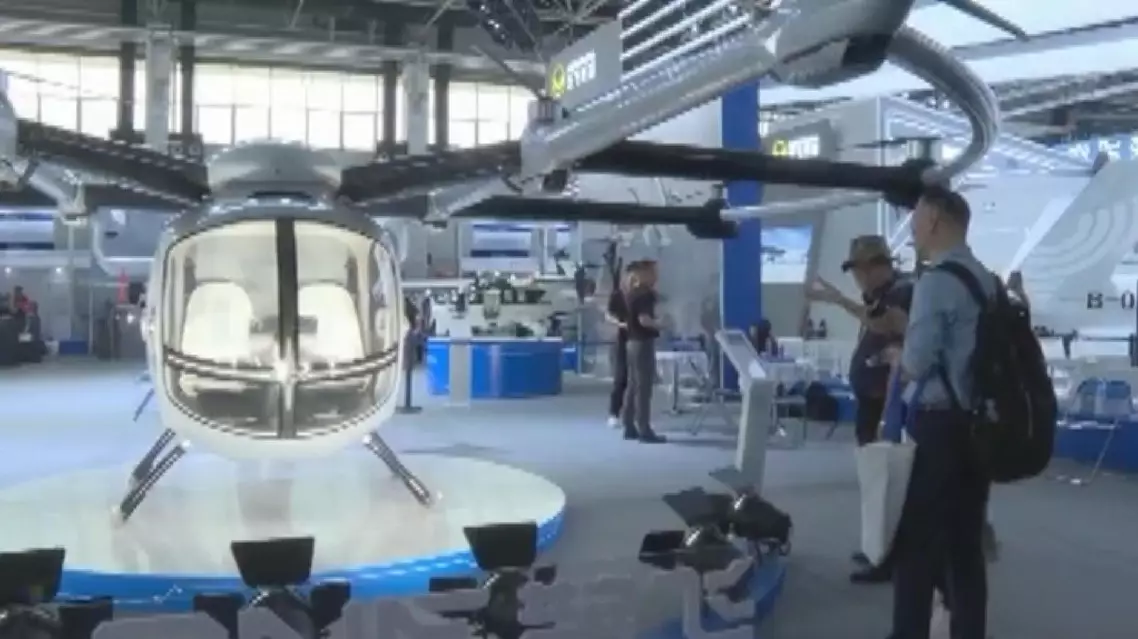
Airshow China highlights burgeoning low-altitude economy

Airshow China highlights burgeoning low-altitude economy
Over 30 Chinese companies signed agreements on Saturday to foster collaboration on the development of offshore wind power industrial chain by strengthening partnerships between upstream and downstream sectors and exploring joint innovative development.
Zhang Zhian, a representative from a subsea cable manufacturing company, said that as the wind power industry expands into the deep sea, their focus now lies on reducing costs and energy consumption.
"In this collaborative effort, we will work with upstream companies in the petrochemical sector to co-develop advanced materials, and strengthen cooperation with universities in the field of deep-sea high-end accessories. We will provide products for longer, deeper, and more distant AC/DC conversions," said Zhang Zhian, a representative from a subsea cable manufacturing company.
As a leader in offshore wind power sector, China Three Gorges Corporation (CTG) has teamed up with dozens of enterprises to focus on critical offshore wind technologies and application scenarios.
"Three Gorges Renewables (Group) Co., Ltd. is steadily advancing the development of offshore wind power projects. In collaboration with several upstream companies in the industrial chain, we will conduct major research projects to jointly tackle key technical challenges related to deep-sea power transmission, control systems, and other critical technologies," said Zhu Chengjun, chairman of Three Gorges Renewables (Group) Co., Ltd.
The offshore wind power industry is highly complex, involving millions of components and spanning multiple industries.
“The Chinese government encourages companies throughout the supply chain to focus on key common technologies, cutting-edge and leading technologies, and disruptive innovations. The aim is to jointly advance the development of critical links such as wind turbine units, offshore power transmission, marine engineering, operation and maintenance. This collaboration will help strengthen the entire industrial chain by addressing weaknesses and enhancing strengths, jointly improving the industry's innovation capacity and supply chain efficiency,” said Zhuang Shuxin, secretary general of the State-owned Assets Supervision and Administration Commission of the State Council.
According to official data, 74 "little giant" enterprises have been developed throughout China's offshore wind power industrial chain, covering multiple subsectors such as subsea cables, blades, turbine units, substations, and grid connection systems.
"Little giants" refer to the novel elites of China's SMEs that are engaged in manufacturing, specialize in a niche market and boast cutting-edge technologies.
China has become the world leader in cumulative installed capacity for offshore wind power, driving the global development of offshore wind energy.
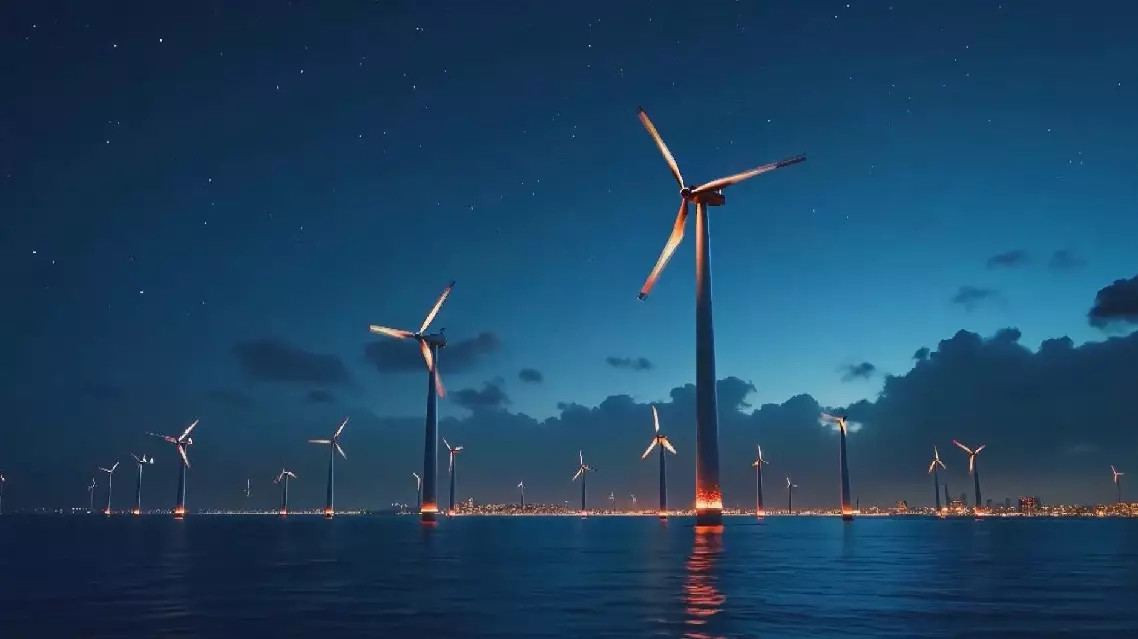
Chinese firms collaborate to elevate offshore wind power innovative development





